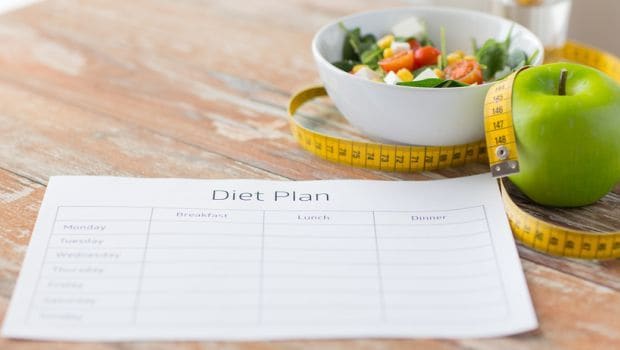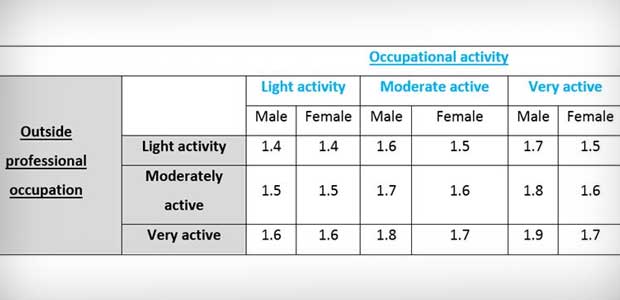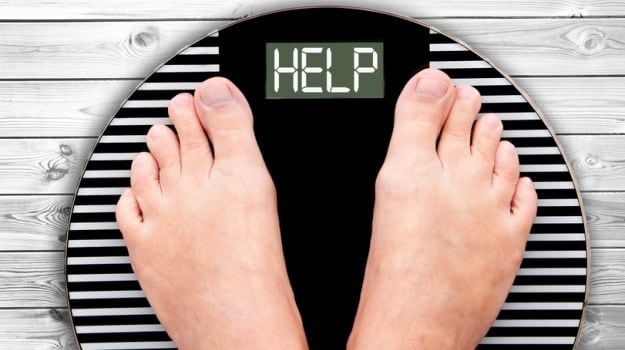How Many Calories Should You Eat: Use This Calculator

A large part of our fitness relies on the diet that we follow on a daily basis. Weight loss results from a complex mechanism of calories consumed and burned. BodyPower got in touch with fitness expert and online fitness coach Beth Trueman to demystify some of the most perplexing notions related to fitness. “Most people come and ask me the standard question, “How many calories should I consume”. There are many components to nutrition that affect the composition of our body. In most cases, if the basics are in place, progress is easily achievable.”Beth shared a 5-step guide to make sense of the individual nutritional needs and ways to achieve fitness goals easily.
BMR (Basal Metabolic Rate)
It refers to the amount of energy you burn at rest in order for your body to function. This accounts for close to 60-75% of the calories we burn on a daily basis. It involves the amount of calories that the body burns in order to maintain various bodily processes and functions. There exist different ways to estimate the BMR. One of the simplest rule would be to follow the following formula:
Women: BMR = weight in Kg x 22
Men: BMR = weight in Kg x 24
PAL (Physical Activity Level)
PAL allows you to take into account your occupational and non-occupational activity levels when calculating your nutritional needs. The more you exercise, the more calories you need to consume. Essentially, PAL expresses your daily physical activity in terms of a number. It helps in calculating your total energy expenditure. It can also be used to arrive at the amount of energy you need to derive from food.
PAL can be derived by dividing the total energy expenditure in day by basal metabolic rate (BMR).
Take a look at the table below:

TER (Total Energy Requirement)TEE stands for Total Energy Expenditure whereas TER refers to Total Energy Requirement. TER expresses the total amount of calories you require daily to replenish the energy lost. TER takes into account your basal metabolic rate and your physical activity level. You can easily arrive at your TER by multiplying your BMR by your PAL; it will give you an approximation of your maintenance calories (calories needed to be in an energy balanced state – a state where you do not gain or lose weight).
Energy Intake/Output Ratio
Identify your fitness goal, once you know whether you want to gain, maintain or lose weight, adjust your TER to fit your nutritional goals.
Aim for energy balance if you are looking at maintaining the existing weight. In this case, you will need your energy intake (calories consumed) to be the same as your energy output (calories burned).
If you want to gain weight, your energy intake must be greater than your energy output and vice versa in case of weight-loss – aim to eat less than your maintenance calories, be more active or a combination of both to achieve weight-loss.

Be Consistent
Consistency is the biggest hurdle. Aim to hit your calorific goals and become more aware of your calorific intake throughout the day. You could give calorie tracker a try in order to track and measure your daily calorific intake. Calorie tracking also enables you to portion your food effectively and to curb extra calorie-consumption.
[“source-ndtv”]


